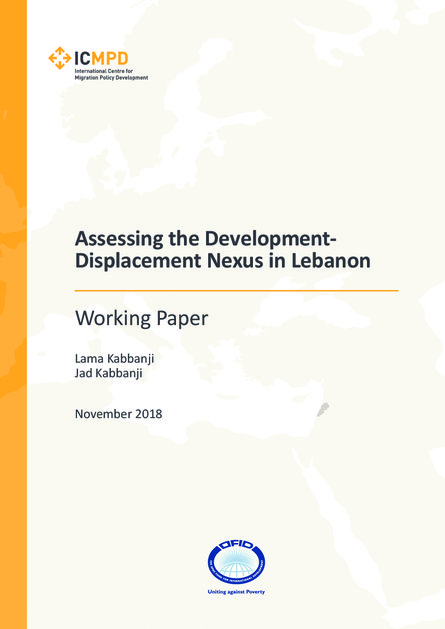
This paper focuses on Lebanon, a country which covers some 10,450 km2 and has received the largest influx of refugees from Syria in proportion to its own nationals. In 2015, Syrian refugees represented about a quarter of the Lebanese population, according to data from the United Nations High Commissioner for Refugees (UNHCR). The International Monetary Fund (IMF) considers Lebanon to be an upper-middle income country and estimated its average per capita income to be US $15,077 in 2014. However, high income inequality and poverty rates are also widely acknowledged (UNDP, 2008; Hamdan and Bou Khater, 2015). No recent poverty assessments are available for Lebanon.
The United Nations Development Programme (UNDP, 2008) found that 28.5% of the Lebanese population was poor, measured as living on less than $4 a day. Data released by the Central Administration for Statistics (CAS) based on a 2011-2012 household budget survey are similar, indicating that 27% of the Lebanese population were poor. Regional disparities are stark. Poverty is particularly pervasive in Bekaa and the North governorates, and these are also the main areas of arrival of Syrian refugees.